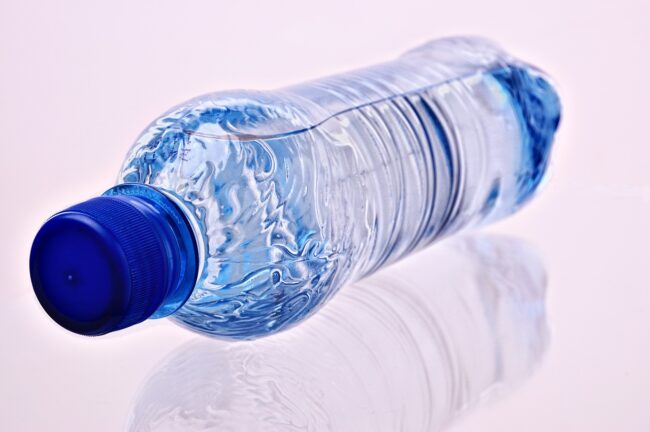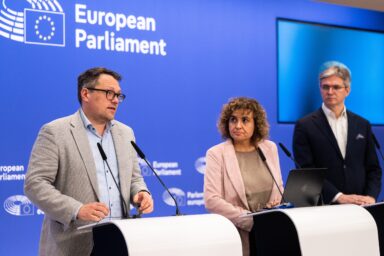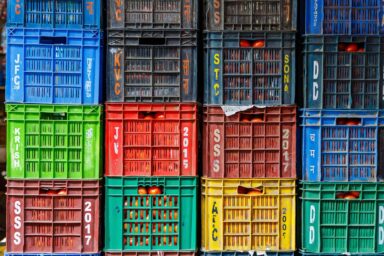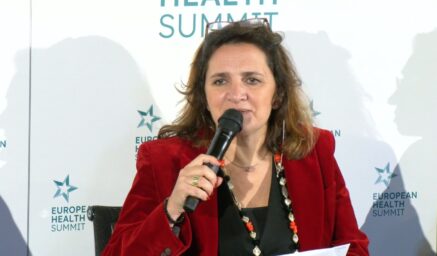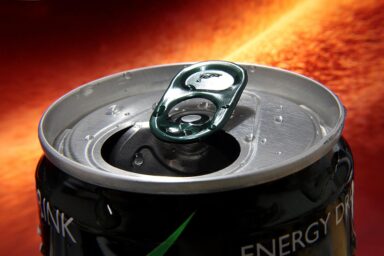Is it 100ml, or two liters? The European Commission’s botched partial relaxation of airport liquid restrictions has left passengers navigating a baffling patchwork of security rules. The rollout is hampered by a regulatory tangle over scanner approvals.
On Tuesday, Brussels’ executive arm announced it would permit certain advanced “C3” scanners – which allow travellers to carry up to two litres of liquids – to return to use, reversing a September ban on the technology. But the reprieve applies only to machines made by Smiths Detection, a British firm, leaving airports that bought rival systems scrambling for recertification.
The result is a fragmented system where rules vary not just between countries but within the same city. In Milan, passengers departing from Linate Airport or Malpensa’s Terminal 1 can now bring two-litre bottles through security. Those flying from Malpensa’s Terminal 2, however, remain bound by the 100ml limit.
Scanner wars
Milan Bergamo Airport will keep the old rules until late November, when it expects to install Smiths scanners. Amsterdam Schiphol and other Dutch hubs have compatible technology but have opted to delay implementation, prolonging confusion. Meanwhile, Prague airport security staff have barely heard of any C3 scanners.
The Commission’s reversal follows a botched attempt last year to harmonise Europe’s approach to next-generation security screening. In September, it banned airports from using C3 scanners – including the widely deployed EDS CB models – to ease liquid limits, citing inconsistent performance reviews.
You might be interested
The partial outcome leaves other manufacturers and airports equipped with their equipment in a vacuum. – Olivier Jankovec, Director General of Airports Council International
Tuesday’s update tacitly admits that the ban was overzealous, but the fix has created fresh problems. By limiting approval to Smiths Detection, Brussels has sidelined airports that purchased Chinese-made Nuctech or American Rapiscan systems. These must now undergo fresh testing by the European Civil Aviation Conference (ECAC), a regional safety body, followed by Commission sign-off – a process with no clear timeline.
Airports Council International (ACI) Europe welcomed the progress but warned of uneven impacts. “This is very good news for passengers, airports and security overall,” director general Olivier Jankovec told Politico. Yet he noted the “partial outcome… leaves other manufacturers and airports equipped with their equipment in a vacuum.”
Passenger purgatory
For travellers, the inconsistencies are infuriating. A family flying from Malpensa’s two terminals could face divergent rules for siblings heading through different checkpoints. Bergamo’s delayed upgrade means its budget-airline passengers will juggle tiny toiletries for months after wealthier rivals relax limits. Schiphol’s hesitation – despite having compliant scanners – suggests operational jitters; staff may need retraining, and signage must be updated to avoid chaos.
The responsibility to inform the passengers is still with – and continues to be – with individual airports. – Anna-Kaisa Itkonen, the European Commission transport spokeswoman
The Commission defends the staggered approach as necessary to uphold safety standards. But critics argue it reflects deeper flaws in Brussels’ tech-certification regime. By outsourcing evaluations to ECAC – a body with no enforcement powers – the EU has allowed a bottleneck to form. Rival manufacturers accuse the bloc of favouring Western firms over Chinese competitors, though officials deny bias.
The Commission shrugged
Adding insult to injury, the Commission is downplaying the mess it has made. “Currently this technology that got the approval concerns 700 scanners that are located across 21 member states. So it does not mean that now all passengers everywhere in the European Union can take bigger containers of liquids with them,“ said a smiling Anna-Kaisa Itkonen, the Commission transport spokeswoman during Tuesday’s Q&A session. “The responsibility to inform the passengers is still with – and continues to be – with individual airports. They will have to inform passengers fully whether they are using this latest technology or whether they are not using it,“ she shrugged off any concerns for the passengers’ plight.
To the question if the Commission was “afraid that this decision will cause some confusion in the middle of the summer travel season with passengers flying from an airport to another with different rules“, the spokeswoman gave a markedly aloof answer. “We are not afraid,“ she said, before repeating that “the process continues that the airports can put these scanners in use“ and that the Commission will okay the recertification of more types of scanners when it receives the relevant ECAC assessments. “Then there’s a big thank you,“ she concluded.
Better stick to 100ml
The liquid shambles underscores the challenges of modernising Europe’s aviation security framework. C3 scanners promise faster queues and better threat detection, but their phased introduction has become a case study in regulatory growing pains. The Commission had initially hoped to scrap liquid limits entirely by 2026 under its Smart Security initiative. Tuesday’s update suggests that timeline is slipping, with full harmonisation likely years away.
For now, the advice to passengers remains unchanged: assume the 100ml rule unless explicitly told otherwise. As Milan’s split-screen status quo shows, even adjacent checkpoints may enforce different norms. Until ECAC clears the backlog of scanner reviews – and airports complete costly upgrades – Europe’s skies will stay half-open to any notion of stress-free travel.
